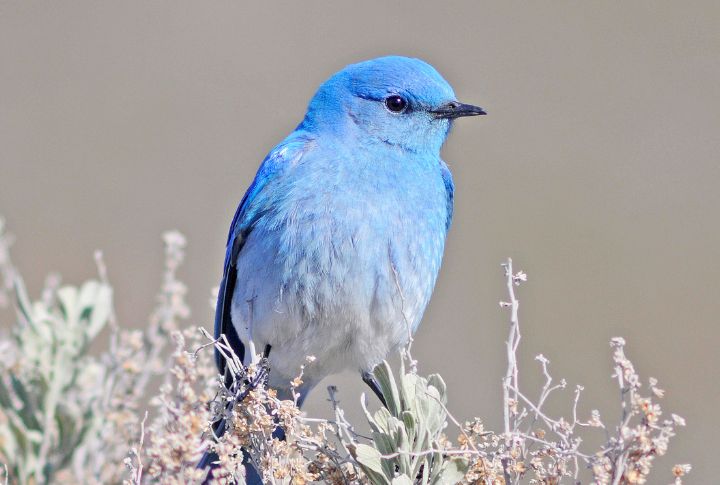
The United States is home to various wildlife, and each state takes pride in its unique natural beauty. These states express this through their official state birds, which reflect local environments and cultural significance. Let’s take a flight across the country to discover the official bird of every state!
Alabama

With its vibrant yellow underwings, the Northern Flicker, or Yellowhammer, has represented Alabama since 1927. Darting through woodlands and fields, the boisterous woodpecker reflects the state’s rich biodiversity and bold spirit.
Alaska

The Willow Ptarmigan became Alaska’s state bird in 1955, chosen for its resilience. Its plumage shifts from brown to white in winter, blending with the snow—a perfect emblem of Alaskan adaptability.
Arizona

Thriving in the heat of the Sonoran Desert, the Cactus Wren finds shelter among Arizona’s famous Saguaro cacti. This resourceful bird, elected as the state symbol in 1931, embodies Arizona’s rugged lands and resilient spirit.
Arkansas
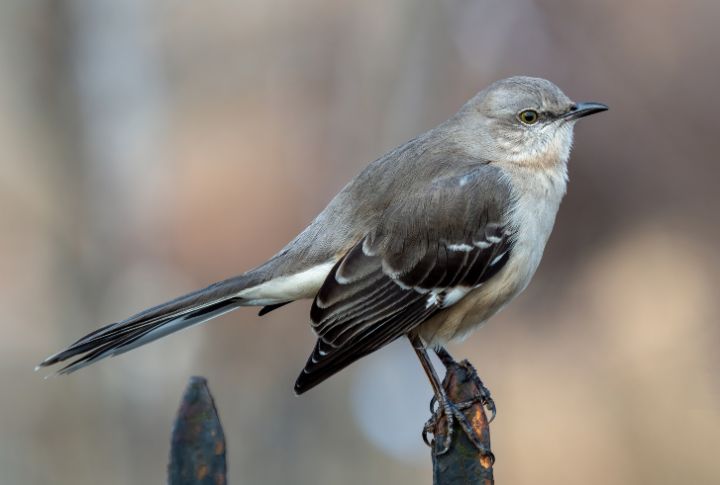
Since 1929, the Northern Mockingbird has charmed Arkansas with its remarkable talent for mimicking other birds’ songs. Its lively calls echo across the state’s fields, forests, and gardens, representing the vibrant natural soundscape unique to Arkansas.
California
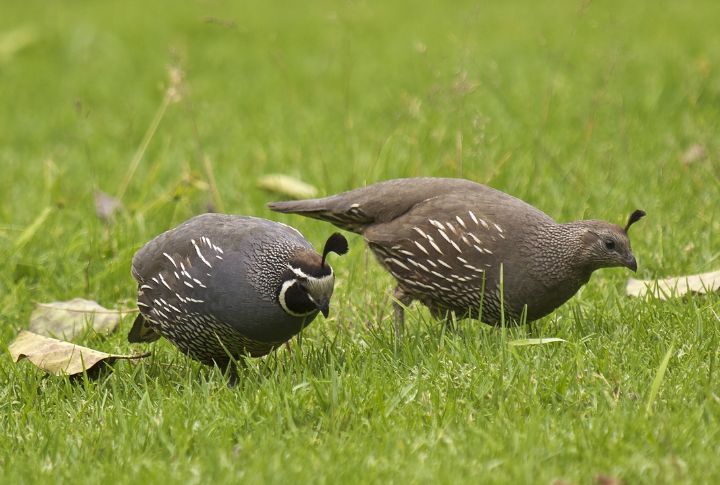
The distinctive head plume of the California Quail makes it a familiar sight as it scurries through the state’s sceneries. Legislated as California’s state bird in 1931, its quickness and close social bonds reflect the dynamism and diversity of the Golden State.
Colorado
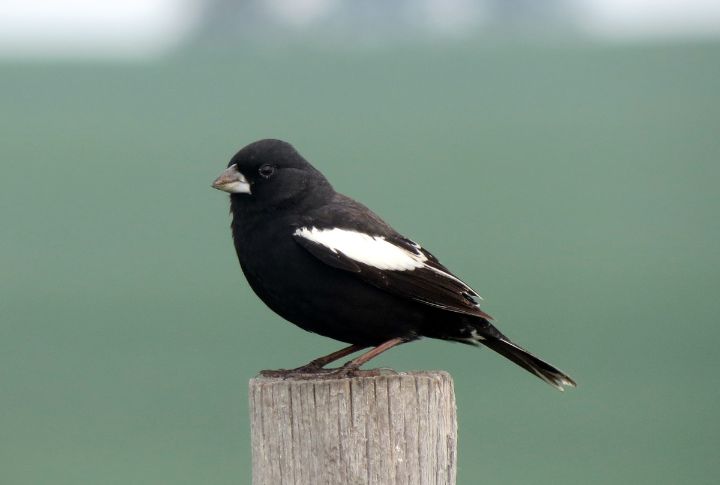
In 1931, the Lark Bunting was named Colorado’s state bird. Migrating through the grasslands, this small songbird flaunts striking black and white plumage during its breeding season and fills the prairies with a beautiful chorus of whistles each spring.
Connecticut
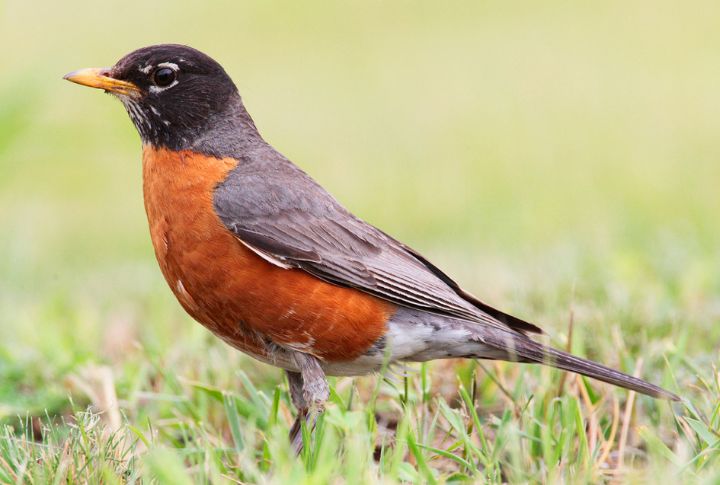
Since 1943, Connecticut’s bird, the American Robin, has heralded spring with its bright red chest and sweet song. A common sight in backyards and parks, this bird captures the promise of renewal woven into the state’s charm.
Delaware
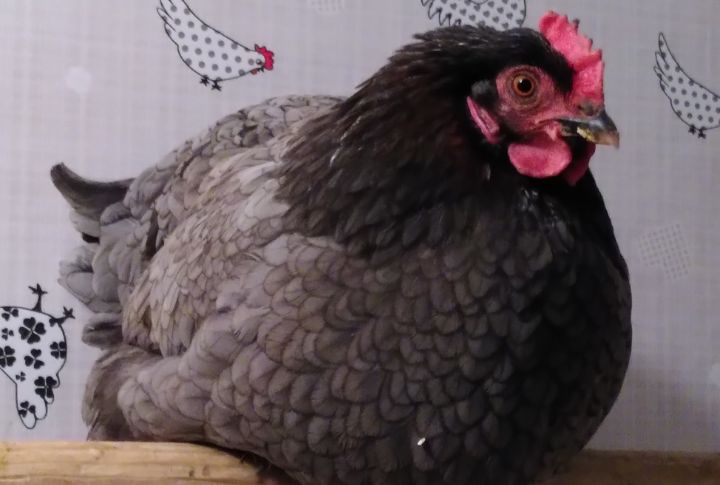
Though a breed of chicken, its tenacity and local heritage make it a unique emblem of the state’s fighting spirit and pride. Delaware finally passed the resolution to adopt the Blue Hen as its emblem in 1939 in consideration of its association with the state’s Revolutionary War history.
Florida
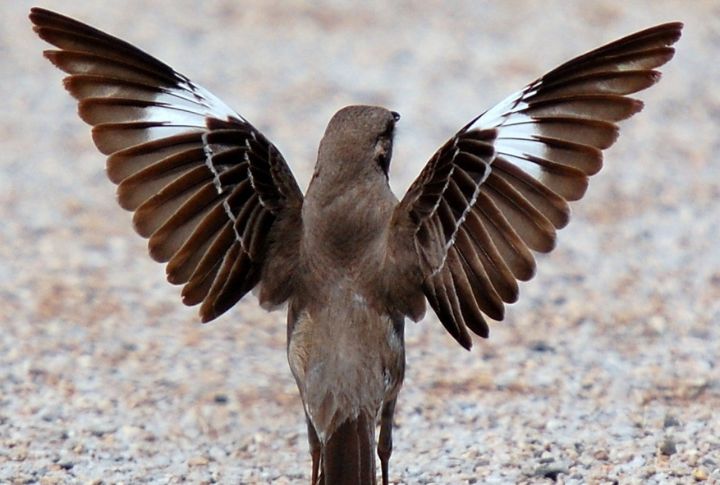
Found throughout backyards and parks, the Northern Mockingbird delights Floridians with its diverse, cheerful melodies. Recognized as the state bird in 1927, it symbolizes the lively bird life and vibrant ecosystems that define Florida.
Georgia
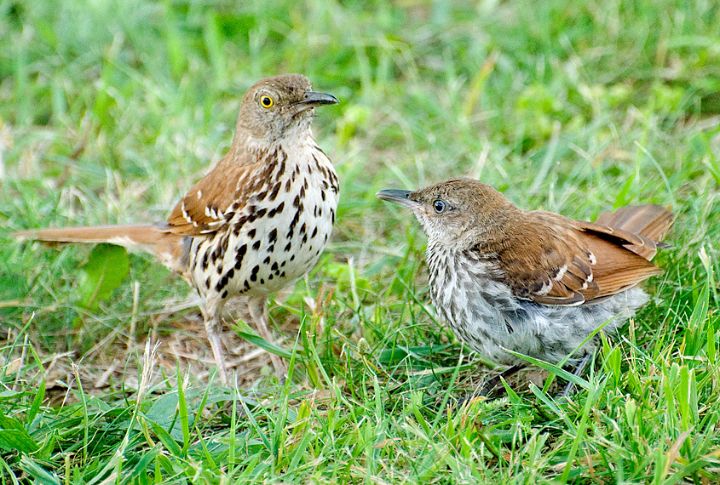
With over a thousand unique songs in its repertoire, the Brown Thrasher captures Georgia’s creative spirit. This songbird, chosen in 1935, embodies the state’s musical heritage and natural beauty through its talent and energy.
Hawaii
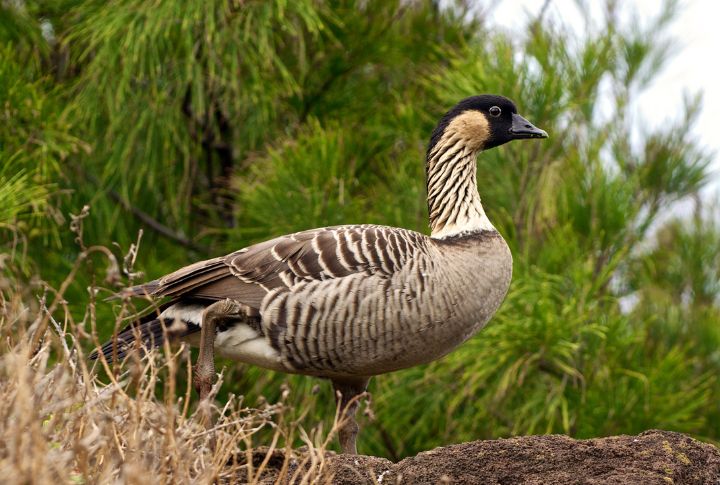
The Nene, Hawaii’s native goose, was saved from the brink of extinction and declared the state bird in 1957. Exclusively found in the Hawaiian Islands, its story of survival and resilience resonates deeply with the conservation values of the islands.
Idaho
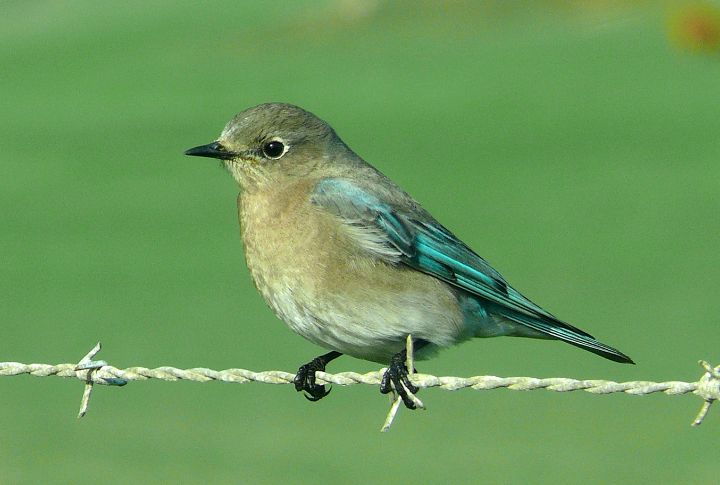
High up in Idaho’s meadows, the Mountain Bluebird’s sky-blue feathers and gentle presence stand out against the state’s vista. Adopted as Idaho’s feathered symbol in 1931, this peaceful little bird embodies the quiet beauty and open spaces of Idaho’s wilderness.
Illinois

The brilliant Northern Cardinal has brightened Illinois’ gardens and forests year-round since it was named in 1929 as the state’s chosen avian. Its vibrant red plumage provides a striking contrast against snowy winter scenes, making it a beloved sight through every season.
Indiana

One of North America’s most recognized birds, the Northern Cardinal has also symbolized Indiana since 1933. With its brilliant red feathers and cheerful song, this bird is as endearing as it is resilient, thriving in the state’s woodlands and gardens.
Iowa
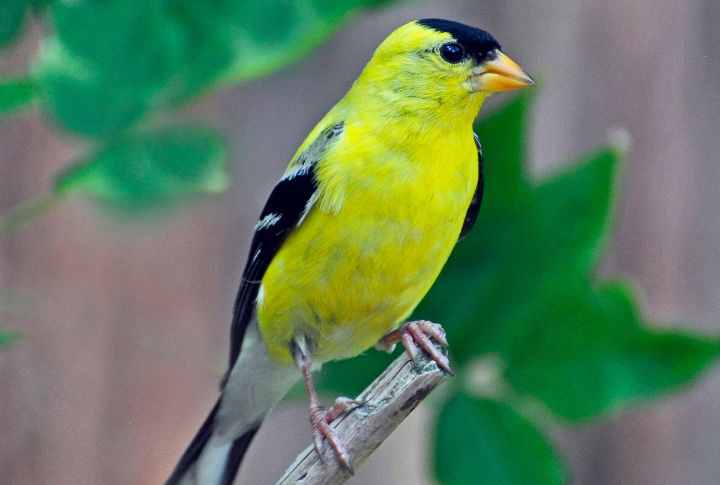
Iowa’s choice of the Eastern Goldfinch in 1933 celebrates the cheerful flash of yellow common among its prairies. This bright little Goldfinch represents the sunny, open fields that define much of the state’s rural character.
Kansas
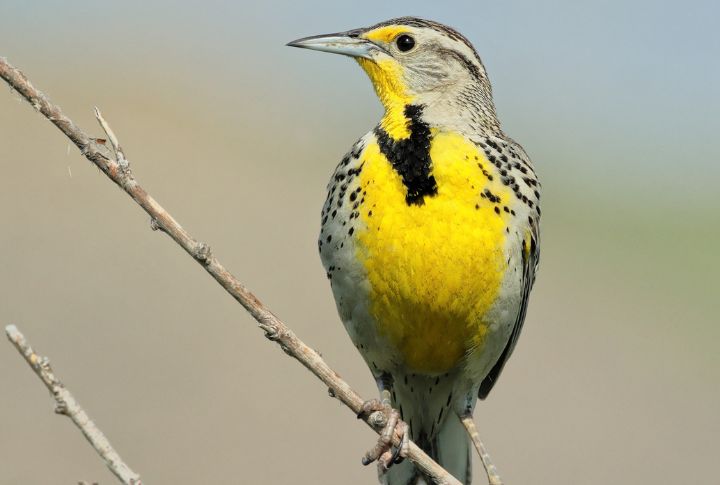
The Western Meadowlark fills Kansas’ grasslands with its flute-like song, an unmistakable melody carried by the prairie winds. Recognized as the state bird in 1937, it reflects the vast, open plains that make Kansas the Sunflower State.
Kentucky
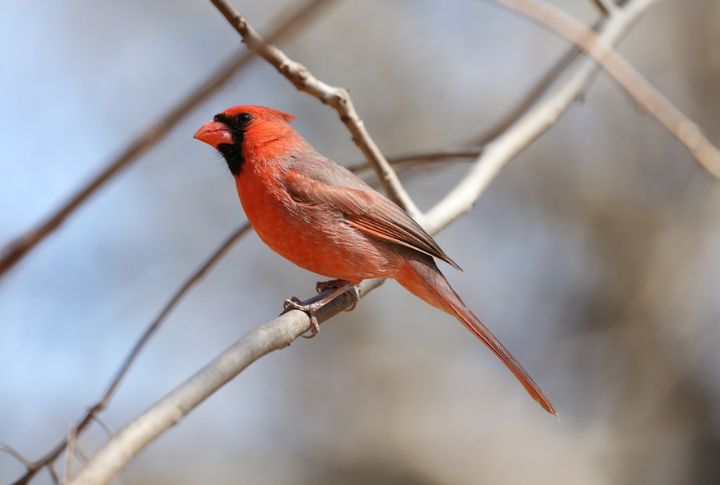
Named Kentucky’s bird in 1926, the Northern Cardinal is a welcome year-round presence in parks, backyards, and forests. Known for its vivid color and cheerful calls, it captures the beauty and warmth of nature that Kentucky holds dear.
Louisiana

Once nearly extinct due to pollution, the Brown Pelican made a remarkable comeback to become Louisiana’s state bird in 1966. Gracefully gliding along coastlines, it embodies both resilience and the unique natural beauty of the Gulf region.
Maine
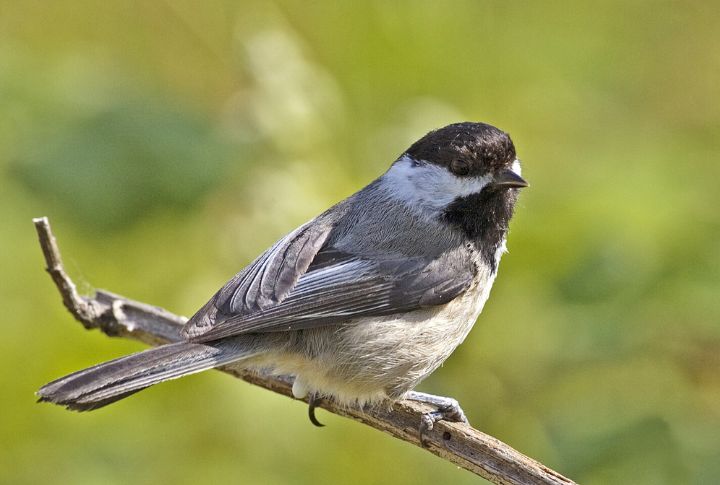
The Black-capped Chickadee, a small, friendly bird, has been a year-round resident of Maine’s forests since 1927. Its cheerful “chick-a-dee-dee-dee” call rings out in backyards, making it a fitting symbol of Maine’s spirited character.
Maryland
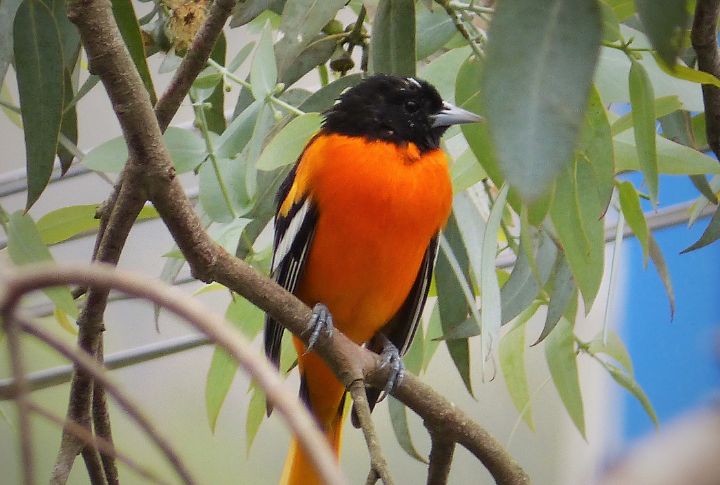
With its vibrant orange and black plumage, the Baltimore Orioles inspired both Maryland’s state bird designation in 1947 and the name of its Major League Baseball team. The Oriole’s striking colors bring a familiar warmth to the state’s forests each spring.
Massachusetts
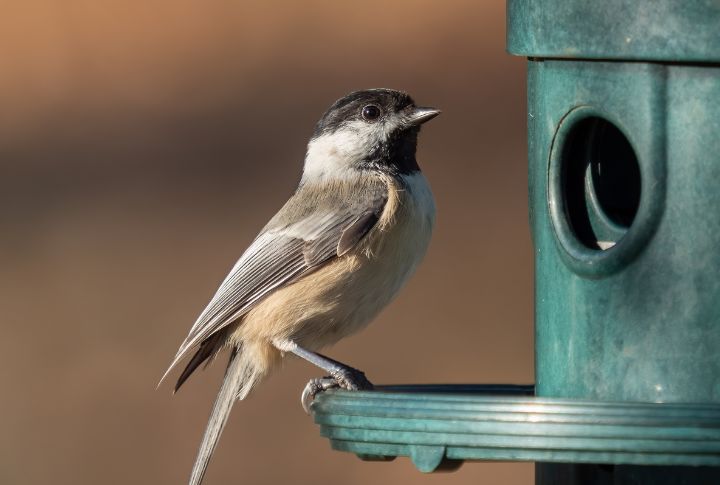
Since 1941, the Black-capped Chickadee has been a beloved symbol in Massachusetts, known for its cheerful calls and inquisitive nature. Its resilience throughout cold winters makes it an apt representative of the state’s hardy and enduring character.
Michigan

Every spring, the American Robin’s song marks a new season in Michigan. Serving as the state bird since 1931, this familiar visitor thrives in Michigan’s forests, fields, and suburbs, manifesting the state’s natural beauty.
Minnesota

Gliding gracefully across lakes, the Common Loon enchants Minnesota with its haunting calls. The beloved bird, chosen as the state symbol in 1961, adds to the tranquility and mystique of Minnesota’s many freshwater lakes.
Mississippi

Picked as Mississippi’s feathered symbol in 1944, the Northern Mockingbird adds a unique harmony to the state with its mimicking calls. Common across gardens, forests, and fields, it weaves Mississippi’s mountains and flats with diverse, natural melodies.
Missouri

The Eastern Bluebird, with its brilliant blue feathers, graces Missouri’s rural areas, perched along fences and telephone wires. Adopted in 1927, its vibrant colors and cheerful song bring joy to all who see it.
Montana

In Montana’s wide-open spaces, the Western Meadowlark’s flute-like song rings out in spring and summer. Elevated to the status of state bird in 1931, this small yellow bird’s presence and melody reflect Montana’s sweeping prairies.
Nebraska

The Western Meadowlark, adopted by Nebraska in 1929, brightens the state’s grasslands with its yellow chest and cheerful song. Its vibrant colors and familiar call bring to mind the state’s agricultural heritage and natural beauty.
Nevada

The Mountain Bluebird, Nevada’s state bird since 1967, dazzles with sky-blue feathers, soaring across the state’s high-altitude meadows. Its vivid coloring contrasts with the arid topography, highlighting the striking beauty of Nevada’s wilderness.
New Hampshire

The raspberry-red plumage of the male Purple Finch lights up New Hampshire’s woodlands. Adopted as the state bird in 1957, this striking songbird adds a touch of color to the serene forest scenery.
New Jersey

Bright yellow Eastern Goldfinches brighten New Jersey’s fields and gardens. Chosen in 1935, these lively little birds bring a cheerful energy, reflecting the diverse and vibrant wildlife of the Garden State.
New Mexico

Speeding across the desert features, the Greater Roadrunner brings life to New Mexico’s open spaces. Its agility and adaptability have made it a natural fit as the state bird since 1949.
New York

The Eastern Bluebird’s sweet song and blue feathers make it a treasured sight in New York’s rural areas. Considered the state bird from 1970, this colorful bird’s cheerful presence brings a touch of charm to New York’s countryside.
North Carolina
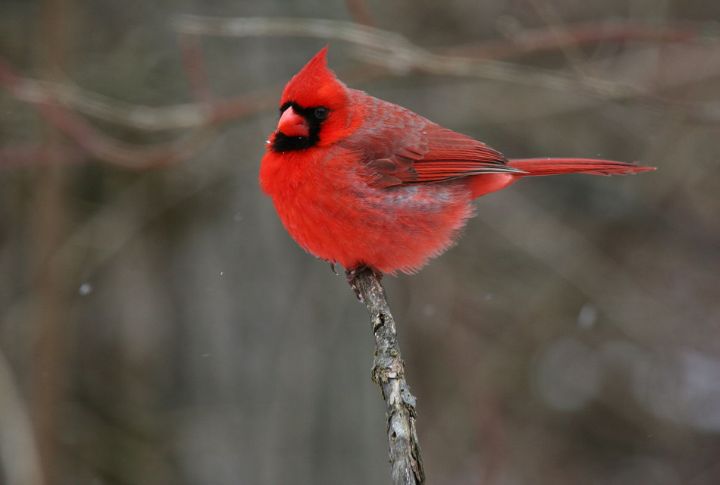
Since 1943, North Carolina’s state bird, the Northern Cardinal, has delighted residents with its vibrant red color and cheerful whistles. Thriving in woodlands and gardens, it’s a beloved symbol of the state’s enduring beauty.
North Dakota

Across North Dakota’s prairies, the Western Meadowlark’s flute-like calls and yellow feathers have symbolized the state’s pioneering spirit since 1947, embodying the resilience and widespread presence cherished by North Dakota’s residents.
Ohio
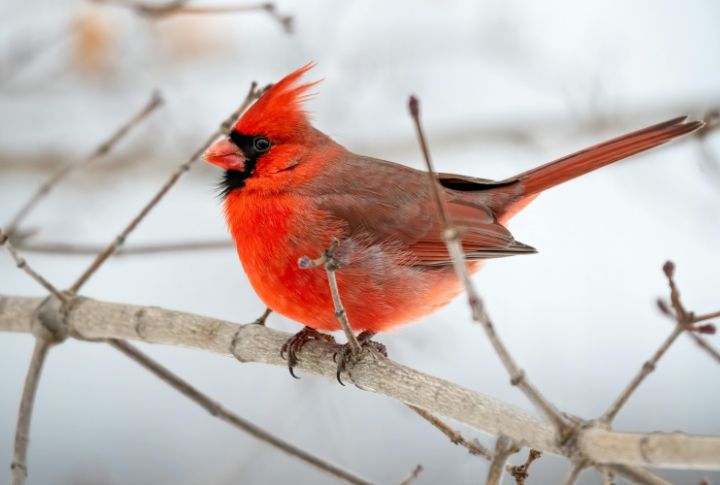
In Ohio, the Northern Cardinal’s striking red feathers are a familiar sight year-round. Elevated to the state’s avian emblem in 1933, its cheerful song adds warmth to Ohio’s seasons, bringing color to every panorama.
Oklahoma

Oklahoma selected Scissor-tailed Flycatcher in 1951 as its state bird. With its elegant, long tail feathers, the bird captures attention as it darts across Oklahoma’s skies. Its beauty and acrobatics make it a captivating symbol of Oklahoma’s natural grace.
Oregon

The Western Meadowlark, with its sweet melody and bright yellow chest, fills Oregon’s grasslands each spring. Selected in 1927, its lively song and charm complement the state’s lush, open lands.
Pennsylvania
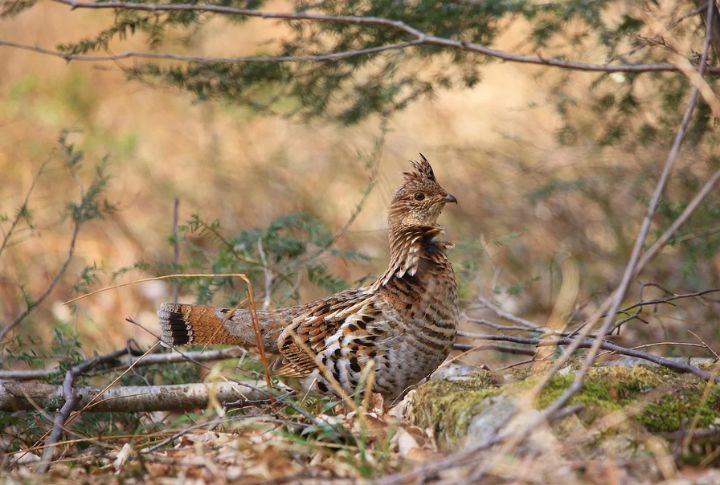
In Pennsylvania’s forests, the Ruffed Grouse beats its wings in a unique drumming display. Representing the state as its chosen avian standard from 1931, this hardy, woodland bird symbolizes the rich, unspoiled forests of the Keystone State.
Rhode Island

The Rhode Island Red Chicken has represented the Ocean State since 1954. Known for its resilience and productivity, this sturdy breed stands as a symbol of Rhode Island’s proud agricultural roots.
South Carolina

With its bright red feathers, the Carolina Wren has embodied South Carolina’s spirit since 1948. The Carolina Wren thrives in the state’s gardens and woodlands, adding a unique and lively melody to the state’s countenance.
South Dakota

Chosen as South Dakota’s avian emblem in 1943, the Ring-necked Pheasant boasts stunning plumage and a distinctive call. Its lively presence in fields and grasslands celebrates the state’s abundant wildlife.
Tennessee

The Northern Mockingbird, with its diverse songs and cheerful nature, became Tennessee’s state bird in 1933. It is popular for its unique ability to mimic other birds and brings a cornucopia of sounds to Tennessee’s environment.
Utah

The California Gull embedded itself in people’s imaginations for its remarkable journey to Utah’s Salt Lake Valley and became the state bird in 1955. Its story of survival and adaptation is celebrated as a unique part of Utah’s heritage.
Vermont

The sweet “cheer-up” call of the Hermit Thrush rings through Vermont’s forests each spring. Selected as the state bird in 1941, it embodies Vermont’s serene wilderness and is a beloved symbol of the Green Mountain State.
Virginia
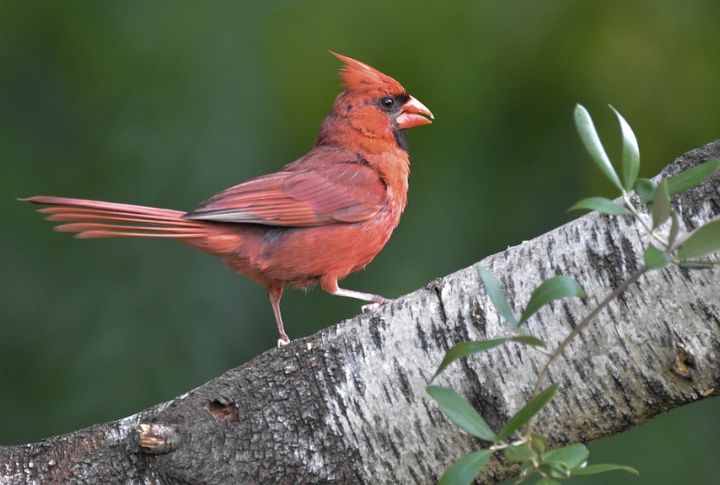
Since 1950, the Northern Cardinal has symbolized Virginia, bringing color to its scenery. This breed of Cardina, with its rich red feathers and cheerful song, is a year-round delight in the state’s gardens and forests.
Washington

The Willow Goldfinch, with its bright yellow coloring, graces Washington’s fields and meadows. Anointed the state’s symbolic bird in 1951, it brings a lively energy to the open spaces that define the state’s natural beauty.
West Virginia

The Northern Cardinal’s vibrant red feathers brighten West Virginia’s terrains year-round. Representing the state since 1949, this cheerful bird adds a touch of color to the forests and gardens it haunts.
Wisconsin

The American Robin’s cheerful song signals the arrival of spring in Wisconsin. Responsible for representing Wisconsin since 1949, this friendly visitor is a welcome sight across the state’s parks, fields, and backyards.
Wyoming

In Wyoming’s open prairies, the Western Meadowlark fills the topography with its sweet, flute-like melody. Since 1927, it has symbolized the expansive beauty of Wyoming’s plains and wilderness.
Texas

Famed for its beauty and mimicry, the Northern Mockingbird has been Texas’ state bird since 1927. It thrives in cities, farms, and forests, highlighting the vibrant spirit of Texas’ countryside.
